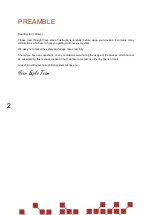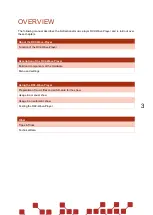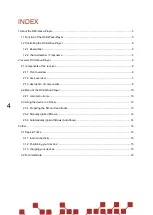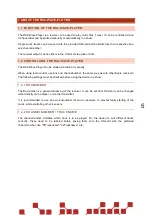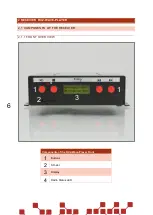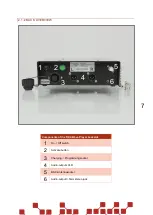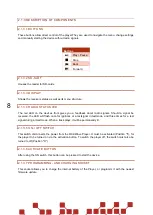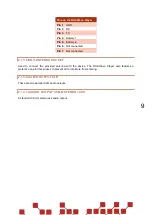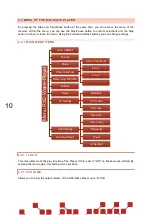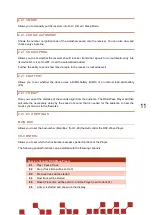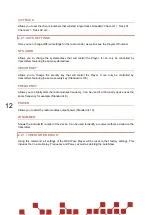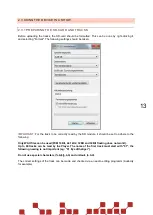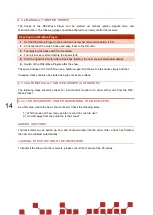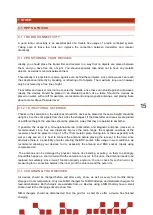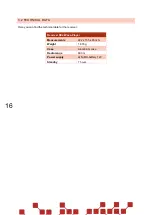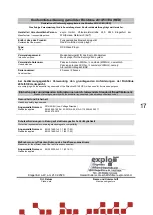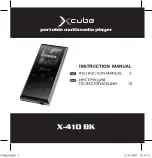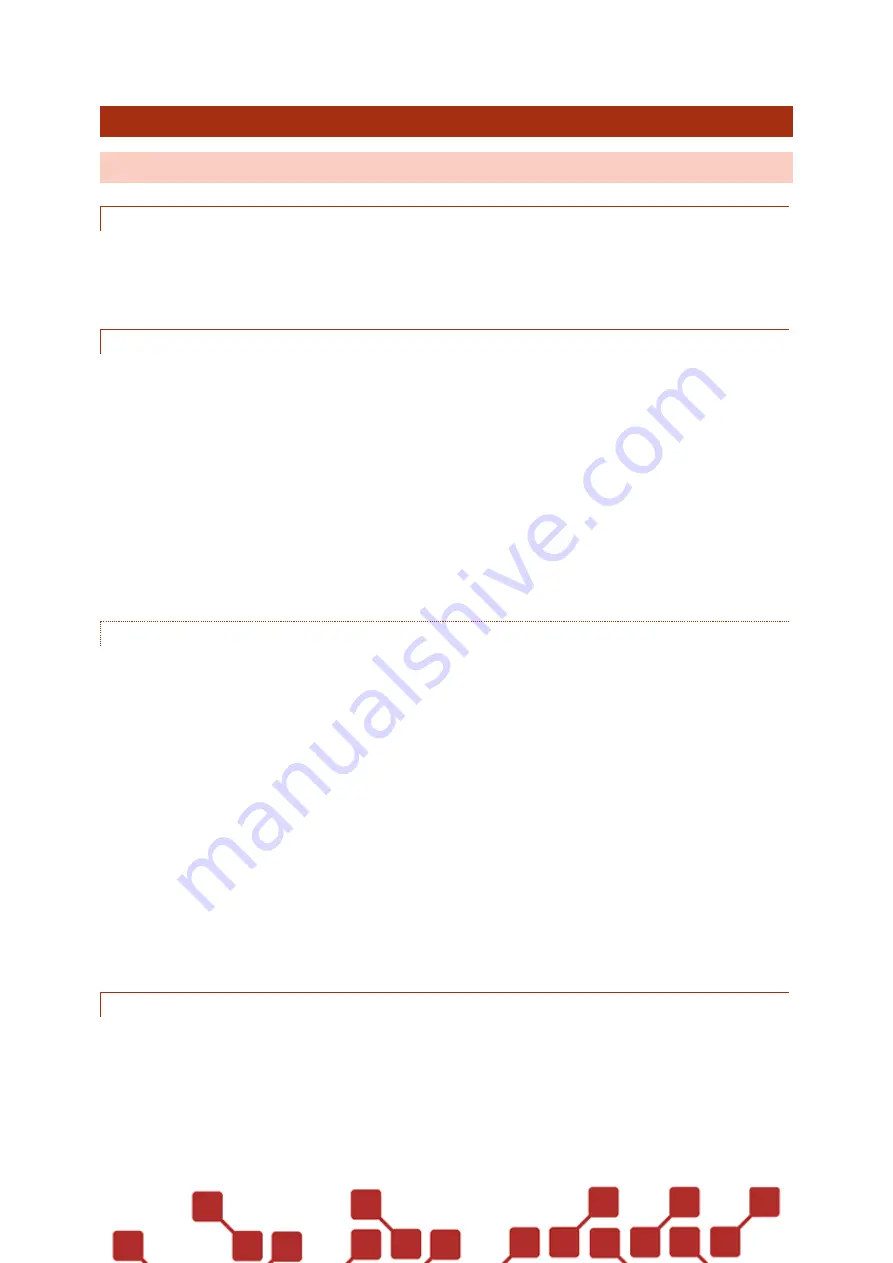
15
3 OTHER
3.1 TIPPS & TRICKS
3.1.1 RADIO CONNECTIVITY:
A good radio connectivity is an essential part of a trouble free usage of a radio controlled system.
Taking note of these few hints can improve the connection between transmitter and receiver
drastically.
3.1.2 POSITIONING YOUR DEVICES:
Ideally, you should place the transmitter and receiver in a way that no objects are placed between
them, and you have free line of sight. You should especially take heed not to have any metallic
objects, as well as mountains between them.
Theoretically it is possible to receive signals even behind these objects, since radio waves can reach
their destination indirectly by breaking or reflecting off of objects. The maximum range can however
only be achieved by a free line of sight.
Transmitter and receiver must not be covered by metalls, since these can shield against radio waves.
Ideally, the devices should be placed in an elevated position, like a table. Should the devices be
placed on water, with a raft for example, we recommend using magnetic antennas, and placing these
about a meter above the water level.
3.1.2.1 DIRECTIONAL ANTENNAS
Thanks to their emmission, the antennas (should the devices be placed at the same height) should be
upright, since the emit signals from their sides the strongest. If the transmitter and receivers are placed
at a different height, the antennas should be placed in a way that they are parallel to eachother.
If possible, the usage of a Grounplane-Antenna (transmitter) and Magnetic antennas (receiver) is
recommended, since they can drastically improve the radio range. the magnetic antennas of the
receivers should be placed on top of a 15x 15cm metallic plate. During rain or thaw, especially with
wet or salty sea air, it is best to connect the antenna before placing the receiver in the field, since
otherwise there is a possibility of water entering the BNC socket. After usage in wet conditions, we
recommend allowing your devices to dry, especially the antenna and BNC socket. Ideally using
compressed air.
The antennas can be damaged by physical means, like bending or pulling on them too strongly.
Should this happen, a short circuit within the antenna can occur. In this case, the antenna needs to be
replaced immediately, since it won't function properly anymore. You can check for such an error, by
measuring for a connection between the inner pin of the antenna, and the outer rim.
3.1.3 CHARGING YOUR DEVICES
All devices should be charged before and after every show, as well as every four months during
storage at room temperature. Only use NiMH chargers for NiMH batteries, and Optimate chargers for
lead-acid-batteries. Both chargers are available from us. Devices using a NiMH battery have a small
sticker next to the charging socket to show this.
NiMH chargers should be disconnected from the grid for a short time after a device has finished
charging.


